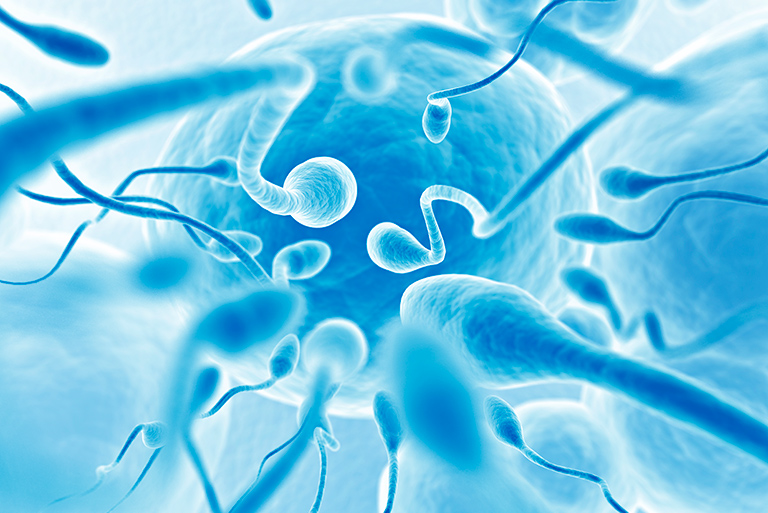
For couples who cannot use the male partner’s sperm, using donor sperm can be an option. In most cases, the donor is anonymous, but the couple may also ask a friend or relative to donate sperm.
Screening Donors and Specimens
Regardless the known or unknown status of the donor, it is recommended that all donors undergo a strict screening process. Screening should take place before the donation is made and at periodic intervals afterward.
Typically, donors submit their own medical history and provide medical information on at least two previous generations. Donors are also tested for infectious diseases. Current FDA regulations require that sperm donors test negative for diseases within 7 days of their donations. Anonymous donors are again screened every six months in accordance with FDA rules. Re-testing of known donors is not required, but the American Society for Reproductive Medicine recommends it.
Donors should also be evaluated and counseled by a mental health professional. It is important that donors understand their role in this type of third-party parenting, if any. They should also be clear about their expectations. Will their name be disclosed? What will their reaction if a child claims them as their father years later?
Sperm Donation and Processing
Sperm specimens are collected through masturbation after two to three days of abstinence. In most cases, more than one sample is collected. At least one test sample is frozen, thawed, and re-evaluated to see if the sperm meet minimum standards. As a guideline, samples should contain 20 – 30 million motile sperm per milliliter.
Most specimens are then quarantined for 180 days. If the donor tests negative for infectious diseases at the 6-month mark, then the samples are free to use. Samples are often “washed” – separated from the seminal fluid – increasing the chances that the healthiest, most motile sperm are inseminated.
Some donors provide recipient couples information about their appearance, race, education, hobbies, etc. Audio or video recordings may be provided as well.
Insemination
Both members of the recipient couple should have medical exams. A clinician should also evaluate the woman’s ability to conceive and carry a child.
Insemination may be scheduled in accordance with the woman’s ovulation cycle. Or, the woman may have ovulation induced with hormonal therapies.
The procedure itself can occur in a doctor’s office. Sperm is aspirated into a syringe and then delivered into the uterus through an insemination catheter.
References
- American Society for Reproductive Medicine;“Third-Party Reproduction: Sperm, egg, and embryo donation and surrogacy”;2012);http://www.asrm.org/BOOKLET_Third-party_Reproduction/
- Up to Date;Ginsburg, Elizabeth S., MD and Serene S. Srouji, MD;“Donor insemination”;(Last updated: September 16, 2014);http://www.uptodate.com/contents/donor-insemination?source=search_result&search=artificial+insemination&selectedTitle=1~14